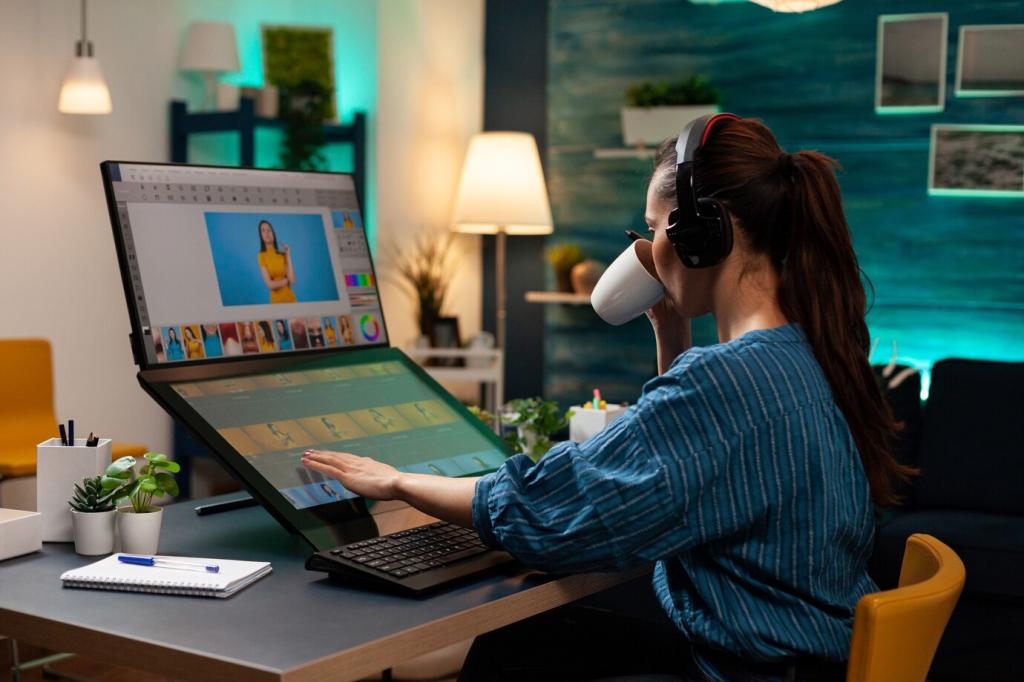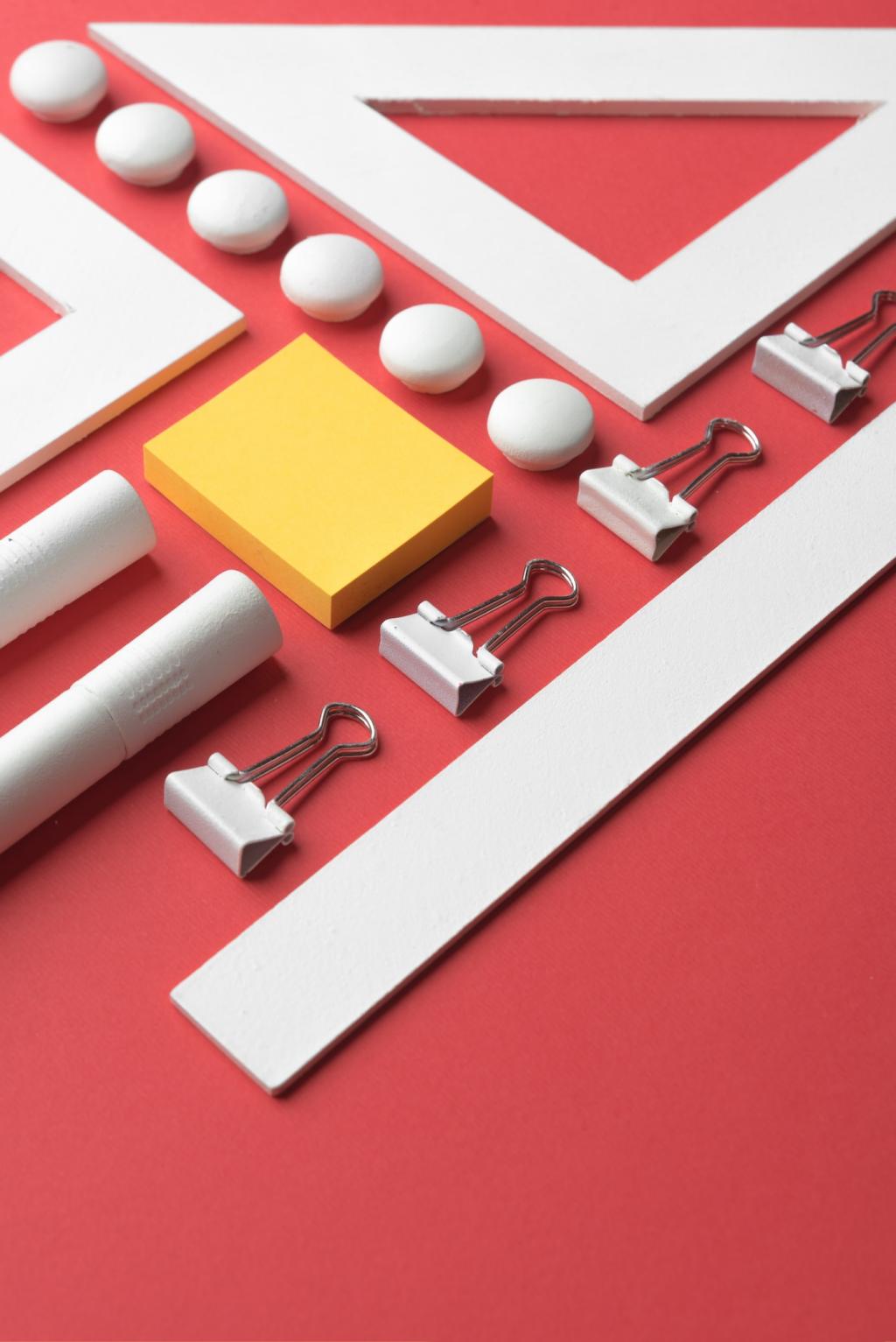Portfolio Stories That Sell the Room You Design
Begin with the client’s challenge in their own words. Explain your design reasoning and trade-offs. End with measurable wins like storage gained or time saved. Include a client quote that reinforces your promise.
Portfolio Stories That Sell the Room You Design
Skip generic transformations. Show the decision path: why wall A moved, why walnut not oak, why matte, not gloss. Tie each change to the client’s lifestyle so readers imagine their own before becoming after.
Portfolio Stories That Sell the Room You Design
Include lived-in photos three months later and a message screenshot thanking you for rescue during delivery delays. Social proof should feel warm and specific. Ask followers for a question your next case study should answer.
Portfolio Stories That Sell the Room You Design
Lorem ipsum dolor sit amet, consectetur adipiscing elit. Ut elit tellus, luctus nec ullamcorper mattis, pulvinar dapibus leo.








